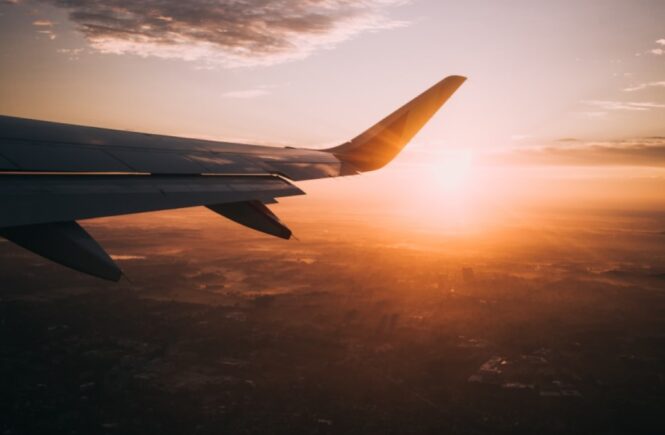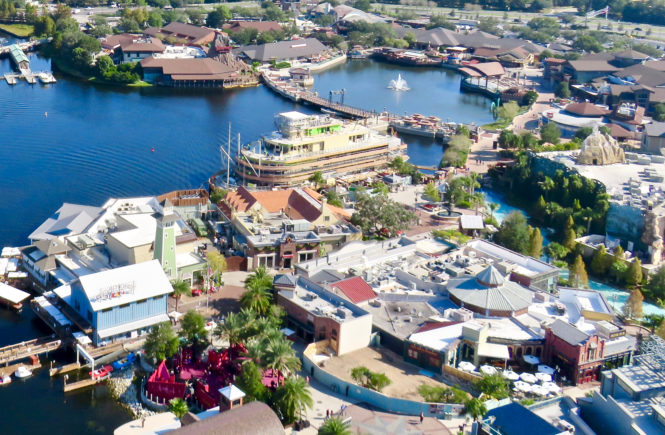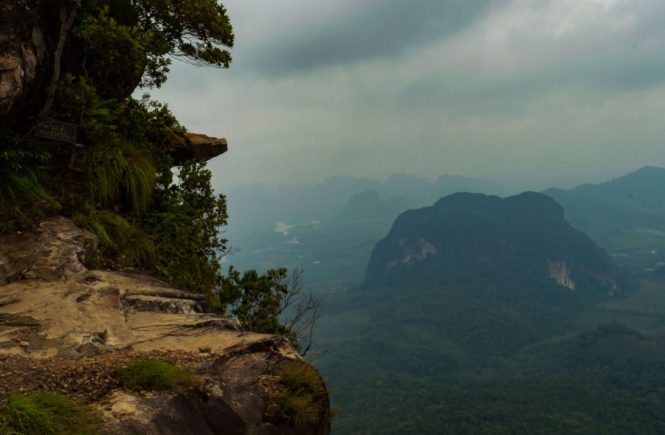Ronit Austgen and her family love taking lengthy annual summer trips and last year planned to visit Vietnam, Thailand and Cambodia. Instead, they went on a five-day biking trip in central California, several hundred miles from their home in San Diego.
This year Austgen, 56, hopes she, her husband, and three children — all vaccinated — can travel to the Galapagos Islands. Planning has not been easy, but Austgen is forging ahead, spurred on by a long-time desire to go there, lower costs for some parts of the trip and more flexible cancellation and change policies.
Nancy Scott, 76, has also always been an adventurous traveler, enjoying trips to Bhutan, Croatia, India, Jordan and Morocco. After spending the year at her home in Newport, R.I., she is eagerly anticipating her next foreign destination. But unlike Austgen, she is staying put until 2022. “I have nothing on the books,” Scott says. “I’m fully vaccinated, but for this year I’m just kind of waiting. I’m not so concerned about myself, but about what governments are doing.” What if a country is open one day and shuts down the next, she says.
With additional outbreaks of the virus likely in some countries, her concerns are valid. In fact, many of her fellow travelers share her hesitation. More Americans than usual plan to travel only within the United States this year, and after a disastrous 2020, the U.S. travel industry is keen to cater to them.Advertisement
Searches for travel this summer leaned 66% domestic and 34% international, according to research by Hopper, a mobile app that tracks flights and hotels for the best deals. Before COVID-19, this split was typically 52% domestic and 48% international. “Europe has been a moving target, and with relatively low vaccination rates, I see restrictions,” says Nick Ewen, senior editor of travel website The Points Guy. Instead, “we’re seeing a huge increase in leisure markets such as Colorado, Utah, Florida, Hawaii and national parks.”
U.S. airports are certainly getting busier. “The vaccination forced a huge spike in demand in leisure travel, and airlines are ramping up their operations,” Ewen says. As of mid-May — just after the Centers for Disease Control and Prevention said vaccinated people don’t need to wear masks in most places — 1.7 million travelers had passed through TSA checkpoints this year. That’s about seven times higher than for all of 2020, though still a million fewer people than in May 2019.
Fewer Bargains, More Flexibility
Last year, when most people were reluctant to fly or stay in hotels, rates were tantalizingly low. But as the industry bounces back, bargains are getting harder to find. “People shouldn’t expect great deals,” says Elizabeth Blount McCormick, president of Uniglobe Travel Designers, a travel management company.
Domestic airline prices are largely back to where they were prepandemic with one big exception: Almost all carriers are waiving the fees for canceling or changing a flight. Those fees sometimes came to hundreds of dollars. That policy should continue at least until the end of the year, predicts Ewen, adding that some airlines are thinking of eliminating the fees permanently.




